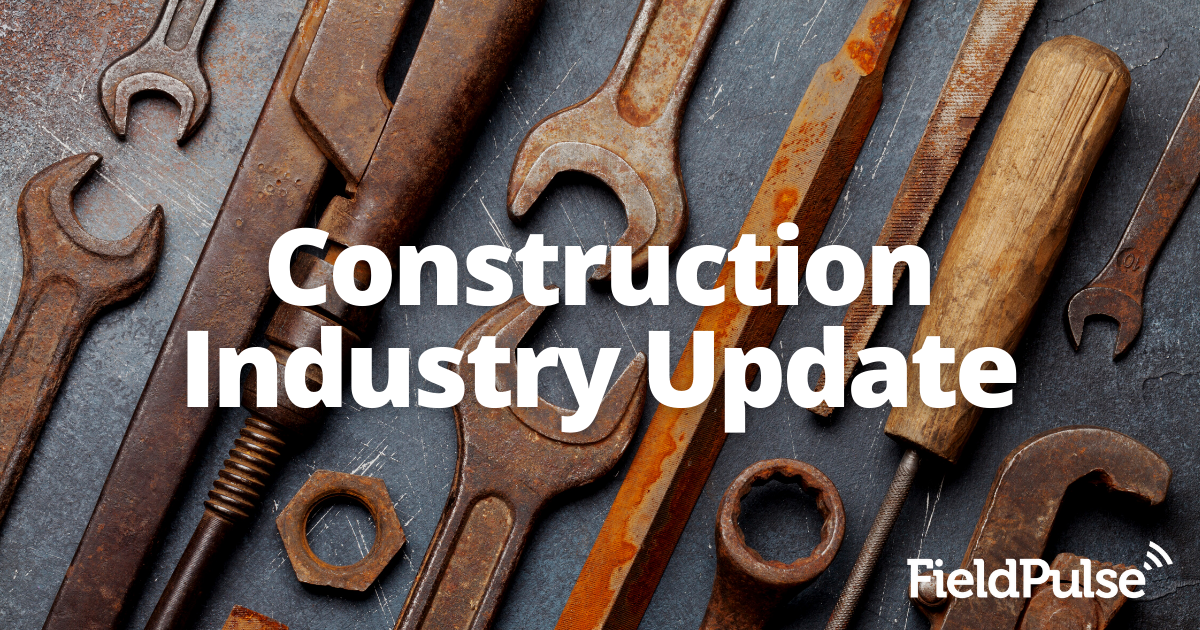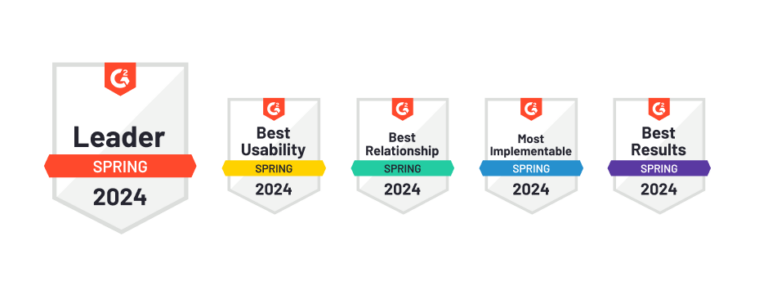In the construction and contracting industry, things can change quickly. We’ve all learned that over the past year. We hope your contingency plan kicked in and allowed you to maintain or grow operations in 2020!
As we look to the future, we’re beginning to see trends emerging that will impact the construction trade in the long term. Read through this Industry Update we’ve compiled about some of the most significant changes that are emerging.
Business Trends
Just as the job outlook was starting to ramp back up, employment in the nonresidential building contractors and specialty trade contractors declined in 1Q 2021. Since construction generally lags 12-18 months behind economic downturns, firms should continue to keep an eye on the economy.
Still, Associated Builders and Contractors (ABC) has updated their forecast to project construction spending of $1.45 trillion in 2021, an increase of 1.3% from 2020.
In 2021, construction companies will also likely still struggle to find skilled workers. ABC estimates a labor gap of 430,000 workers.
Technology Trends
Large construction projects across various asset classes can run up to 80% over budget and take 20% longer than projected.
Traditionally, the construction trades have been among the least digitized businesses, but that’s changing. Technology is making planning, budgeting, monitoring, and operations more efficient.
Robots and Drones
Drones and robotics are starting to play a significant role in construction tasks.
Robots are starting to be used to handle routine or repetitive tasks, such as installing drywall, tying rebar, or laying bricks. While robots certainly aren’t poised to take jobs from humans (yet), they can augment what workers are done and take over some of the work that can cut careers short due to the brutal physical toll they can take.
Drones, equipped with cameras, sensors, and scanners are being used increasingly on the job site to monitor progress and improve efficiency. This way, many problems can be caught using aerial data that might not have been noticeable at ground level. Drones are also dramatically reducing the time it takes to gather visual data versus surveyors, which can also be subject to dangerous situations.
Wearables
Another trend on the rise are smart wearable products, designed to help with basic tasks and aid in safety measures. Construction wearables can monitor worker’s temperature and heart rate to help prevent heat exhaustion or fatigue.
Some of the wearables that workers are being equipped with can detect moving objects to prevent collisions while working around motorized equipment, or to track employee movements.
Augmented and Virtual Reality
Augment Reality (AR) and Virtual Reality (VR) are creating new ways to train workers and prepare them for the job site.
On-site, AR/VR is being used to collaborate on projects using architectural drawing overlays and precise installation instructions.
Artificial Intelligence
Artificial Intelligence (AI) is being deployed to make sense of the significant amount of data generated by construction projects. By using predictive analytics, contractors can better predict outcomes and mitigate risk.
Unlike software that has to be programmed, AI uses algorithms to recognize patterns that can improve efficiency. For example, AI can detect independent events that may impact scheduling and make adjustments automatically.
Job sites are also using AI-enhanced devices to monitor job sites and generate real-time data.
BIM Modeling
Building Information Modeling (BIM) uses 3D modeling and data mapping to help design and control projects. It automates clash detection which reduces change orders and on-the-fly adjustments. It also helps more accurately estimate projects by creating exact quantities of building materials.
BIM creates a visual representation of projects during each phase of construction to better plan resources.
Digital Twins
Digital twins is a similar technology used to create virtual models of buildings using sensors, drones, and IoT to pull together data on buildings. It can be used on completed facilities or those under construction. AI-enhanced software and machine learning continuously optimize project scheduling during construction and building operations when the facility is complete.
Collaborative Information Platforms
Construction has always been a remote business to a great extent with a distributed workforce across project sites. With the events of 2020, remote collaboration and management tools will continue to become more and more important in the future. Building connected, resilient, and mobile eco-systems for managing clients and employees will be essential tools.
Platforms such as FieldPulse, which allow contractors to manage their business operations via mobile from wherever they are working, will become a best practice. The need to share information in real-time across stakeholders is crucial.
Streamlining Your Business Operations
The FieldPulse business management app can streamline your field service business by bringing together everything you need to run your business efficiently. From client management to scheduling, time tracking to route planning, mobile payments, and customer notifications, FieldPulse can reduce your paperwork and workflow.
Schedule a free demo of FieldPulse today.


